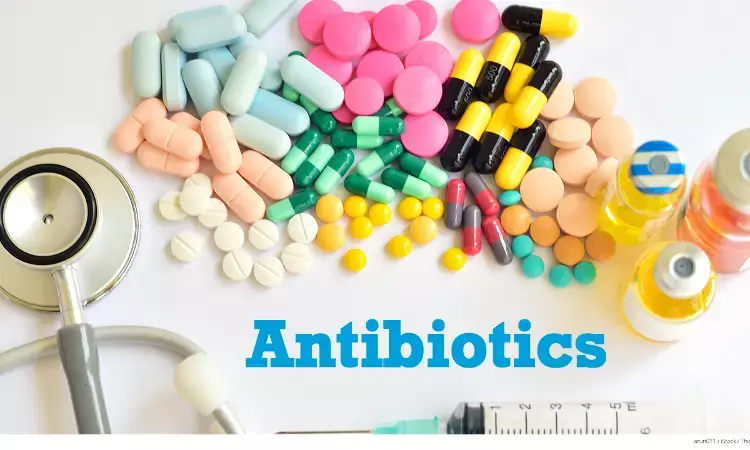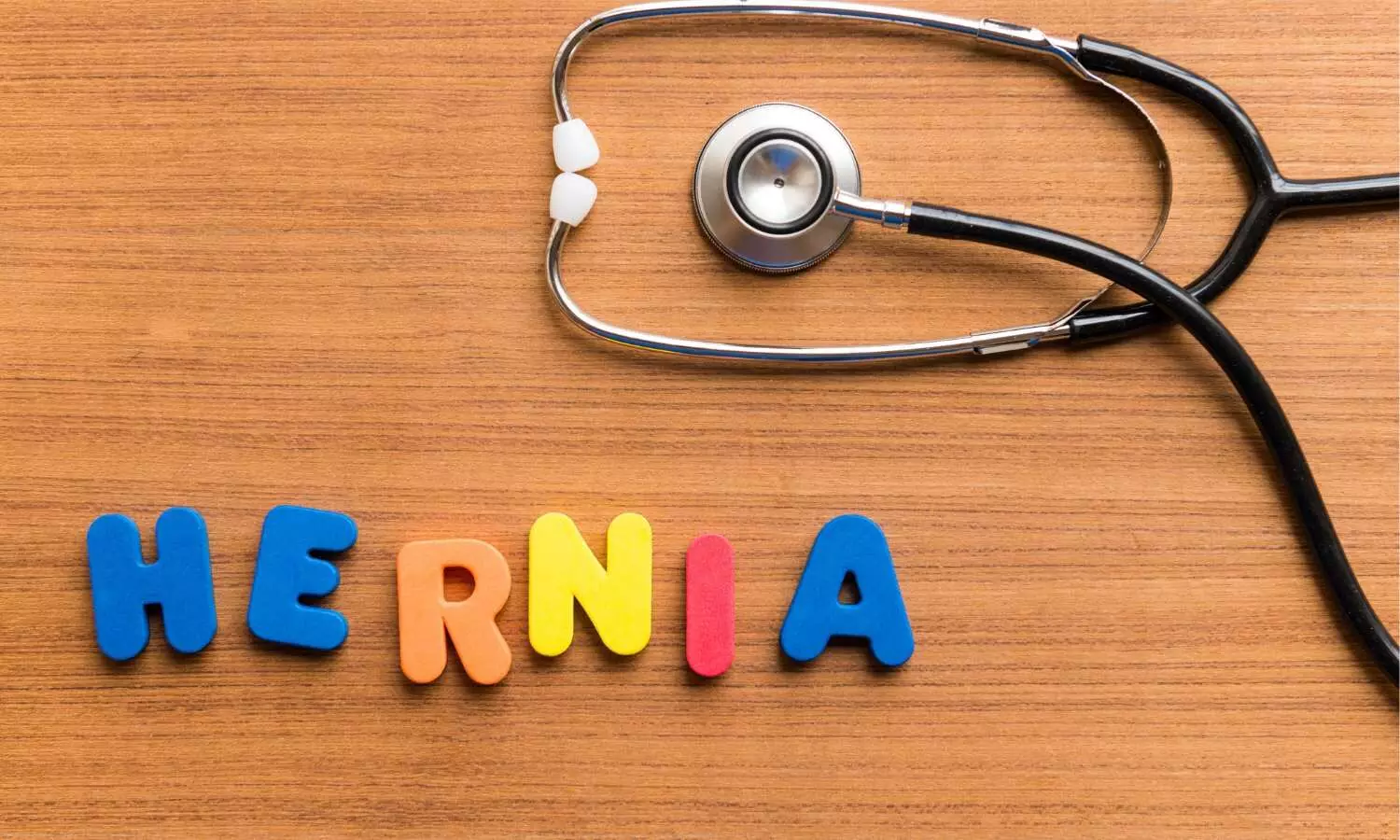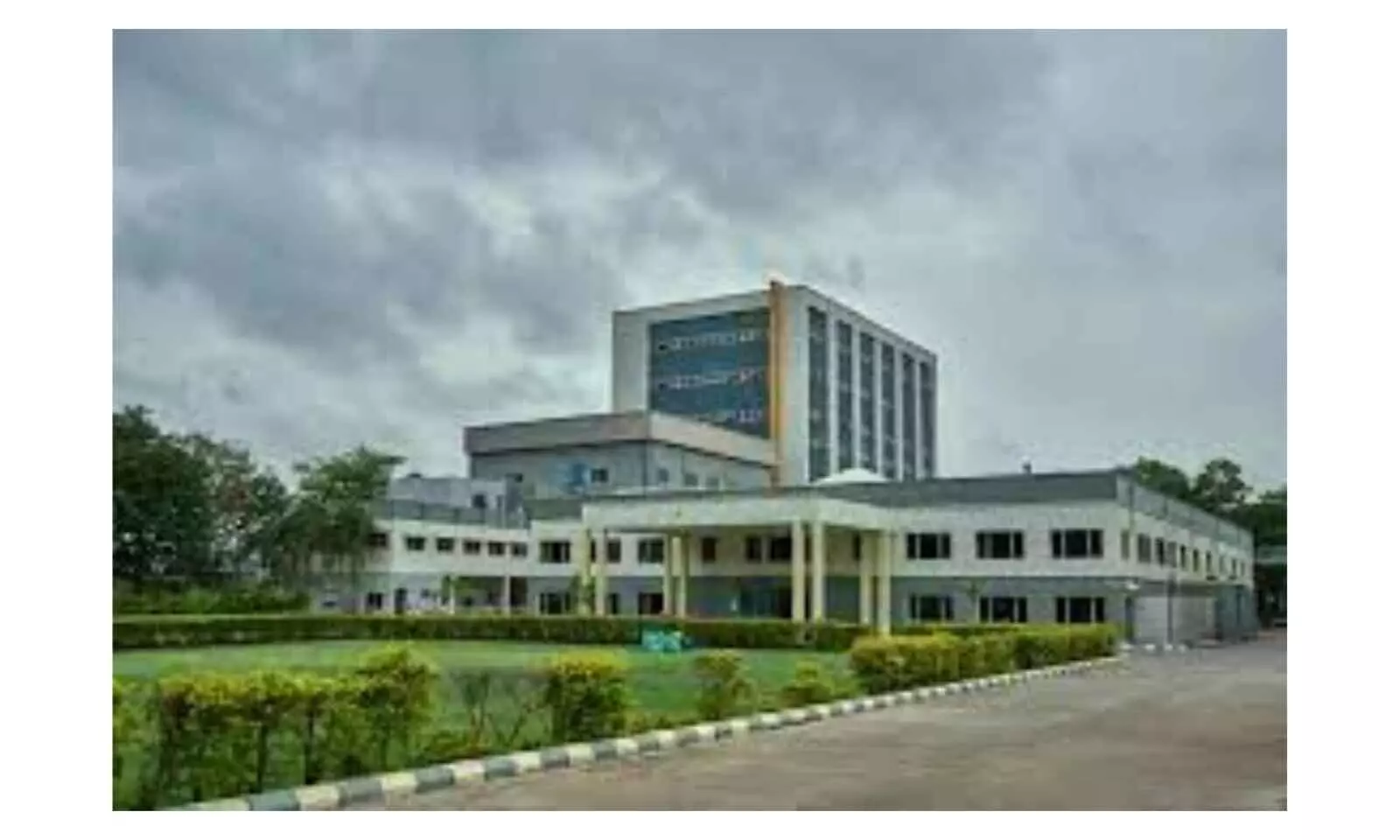- Home
- Medical news & Guidelines
- Anesthesiology
- Cardiology and CTVS
- Critical Care
- Dentistry
- Dermatology
- Diabetes and Endocrinology
- ENT
- Gastroenterology
- Medicine
- Nephrology
- Neurology
- Obstretics-Gynaecology
- Oncology
- Ophthalmology
- Orthopaedics
- Pediatrics-Neonatology
- Psychiatry
- Pulmonology
- Radiology
- Surgery
- Urology
- Laboratory Medicine
- Diet
- Nursing
- Paramedical
- Physiotherapy
- Health news
- Fact Check
- Bone Health Fact Check
- Brain Health Fact Check
- Cancer Related Fact Check
- Child Care Fact Check
- Dental and oral health fact check
- Diabetes and metabolic health fact check
- Diet and Nutrition Fact Check
- Eye and ENT Care Fact Check
- Fitness fact check
- Gut health fact check
- Heart health fact check
- Kidney health fact check
- Medical education fact check
- Men's health fact check
- Respiratory fact check
- Skin and hair care fact check
- Vaccine and Immunization fact check
- Women's health fact check
- AYUSH
- State News
- Andaman and Nicobar Islands
- Andhra Pradesh
- Arunachal Pradesh
- Assam
- Bihar
- Chandigarh
- Chattisgarh
- Dadra and Nagar Haveli
- Daman and Diu
- Delhi
- Goa
- Gujarat
- Haryana
- Himachal Pradesh
- Jammu & Kashmir
- Jharkhand
- Karnataka
- Kerala
- Ladakh
- Lakshadweep
- Madhya Pradesh
- Maharashtra
- Manipur
- Meghalaya
- Mizoram
- Nagaland
- Odisha
- Puducherry
- Punjab
- Rajasthan
- Sikkim
- Tamil Nadu
- Telangana
- Tripura
- Uttar Pradesh
- Uttrakhand
- West Bengal
- Medical Education
- Industry
Levofloxacin-based quadruple therapy not superior to bismuth-based quadruple in second-line H pylori treatment

A new trial found that levofloxacin-based quadruple therapy is not superior to bismuth-based quadruple therapy in the second-line treatment of H pylori infection. The trial results were published in the journal, The Lancet Gastroenterology and Hepatology.
After unsuccessful attempts with clarithromycin-based therapy, levofloxacin-based therapy or bismuth-based quadruple therapy are the recommended second-line regimens for Helicobacter pylori eradication. But in the recent past resistance to levofloxacin has increased enormously in the last decade. As there is little data on the long-term effects of H pylori eradication on the antibiotic resistome, researchers carried out a trial to compare these second-line eradication therapies for efficacy, tolerability, and short-term and long-term effects on the gut microbiota, antibiotic resistome, and metabolic parameters.
A multicentre, open-label, parallel-group, randomized controlled trial was carried out at eight hospitals in Taiwan between Feb 25, 2015, and Dec 11, 2020. Adult patients aged ≥20 years with persistent H pylori infection after first-line clarithromycin-based therapy were randomly assigned (1:1, permuted block sizes of four) to receive levofloxacin-based sequential quadruple therapy for 14 days or bismuth-based quadruple therapy for 10 days. Nearly 560 patients were randomly assigned to receive EAML14 or BQ10 with 280 patients per group. Out of which there were 261 [47%] men and 299 [53%] women.
levofloxacin-based sequential quadruple therapy | EAML14; esomeprazole 40 mg and amoxicillin 1 g for 7 days, followed by esomeprazole 40 mg, metronidazole 500 mg, and levofloxacin 250 mg for 7 days, all twice-daily |
bismuth-based quadruple therapy | BQ10; esomeprazole 40 mg twice daily, bismuth tripotassium dicitrate 300 mg four times a day, tetracycline 500 mg four times a day, and metronidazole 500 mg three times a day |
All investigators were masked to the randomization sequence. H pylori eradication rate measured by 13C urea breath test 6 weeks after second-line treatment according to both intention-to-treat (ITT) and per-protocol analysis was the primary endpoint. Shotgun metagenomic sequencing and 16S rRNA gene sequencing were used to profile the microbiota composition and antibiotic resistome of fecal samples collected at baseline (before treatment) and 2 weeks, 8 weeks, and 1 year after eradication therapy. Using the available data, the frequency of adverse effects and changes in the gut microbiota and antibiotic resistome were assessed in all participants.
Key findings of the study:
- The Mean age was 55·9 years in the EAML14 group and 54·9 years in the BQ10 group.
- As per the ITT analysis, H pylori was eradicated in 246 (88%) of 280 participants in the EAML14 group and 245 (88%) of 280 in the BQ10 group.
- H pylori could be eradicated in 246 (90%) of 273 participants in the EAML14 group and 245 (93%) of 264 participants in the BQ10 group as per the per-protocol analysis.
- Transient perturbation of fecal microbiota diversity at week 2 was largely restored to basal state 1 year after EAML14 or BQ10.
- When compared with EAML14, diversity recovery was slower with BQ10, and recovery in species abundance was partial after both therapies.
- Shotgun sequencing showed a significant increase in total resistome after EAML14 (p=0·0002) and BQ10 (p=4·3 × 10–10) at week 2, which were restored to pretreatment level by week 8.
- The resistance rates of Escherichia coli and Klebsiella pneumonia to levofloxacin, ciprofloxacin, ampicillin (ampicillin–sulbactam for K pneumonia), and various cephalosporins were significantly increased in the EAML14 group compared with in the BQ10 group at week 2, which were restored to pretreatment levels and showed no significant differences at week 8 and 1 year.
- BQ10 therapy (211 [77%] of 273 participants) showed a significantly high frequency of adverse effects than after EAML14 therapy (134 [48%] of 277; p<0·0001).
Thus, no significant difference was observed between levofloxacin-based quadruple therapy and bismuth-based quadruple therapy in the second-line treatment of H pylori infection.
Further reading: Liou JM, Jiang XT, Chen CC, et al. Second-line levofloxacin-based quadruple therapy versus bismuth-based quadruple therapy for Helicobacter pylori eradication and long-term changes to the gut microbiota and antibiotic resistome: a multicentre, open-label, randomised controlled trial [published online ahead of print, 2022 Dec 19]. Lancet Gastroenterol Hepatol. 2022;S2468-1253(22)00384-3. doi: 10.1016/S2468-1253(22)00384-3
BDS, MDS
Dr.Niharika Harsha B (BDS,MDS) completed her BDS from Govt Dental College, Hyderabad and MDS from Dr.NTR University of health sciences(Now Kaloji Rao University). She has 4 years of private dental practice and worked for 2 years as Consultant Oral Radiologist at a Dental Imaging Centre in Hyderabad. She worked as Research Assistant and scientific writer in the development of Oral Anti cancer screening device with her seniors. She has a deep intriguing wish in writing highly engaging, captivating and informative medical content for a wider audience. She can be contacted at editorial@medicaldialogues.in.
Dr Kamal Kant Kohli-MBBS, DTCD- a chest specialist with more than 30 years of practice and a flair for writing clinical articles, Dr Kamal Kant Kohli joined Medical Dialogues as a Chief Editor of Medical News. Besides writing articles, as an editor, he proofreads and verifies all the medical content published on Medical Dialogues including those coming from journals, studies,medical conferences,guidelines etc. Email: drkohli@medicaldialogues.in. Contact no. 011-43720751




